Do you love the subtle, herby flavor of bay leaves? But have never been able to find any when it comes time to cook? You're not alone! Whether because of limited availability, or just desire for something different, many foodies are on a quest to find alternatives to using bay leaves in their recipes.
Luckily, replacing them with something else can be surprisingly easy including for both sweet and savory dishes. - if you know what other ingredients make good substitutes! In this post, we'll review the best bay leaf substitutes so that you can add those same delicious flavors and aromas to your next meal.
Welcome to a world of culinary exploration where we delve into the realm of bay leaf substitutes. While bay leaves are a cherished ingredient in many dishes, there are times when finding an alternative becomes necessary. Fear not, as we unveil a curated selection of the best substitutes that will elevate your culinary creations to new heights.
Discover herbs, spices, and leaves that offer similar flavor profiles and aromatic qualities, allowing you to craft dishes with depth and complexity. Whether you seek an herbaceous note, a hint of spice, or a citrusy touch, these substitutes will step in seamlessly, granting you the freedom to experiment and tailor your recipes to perfection.
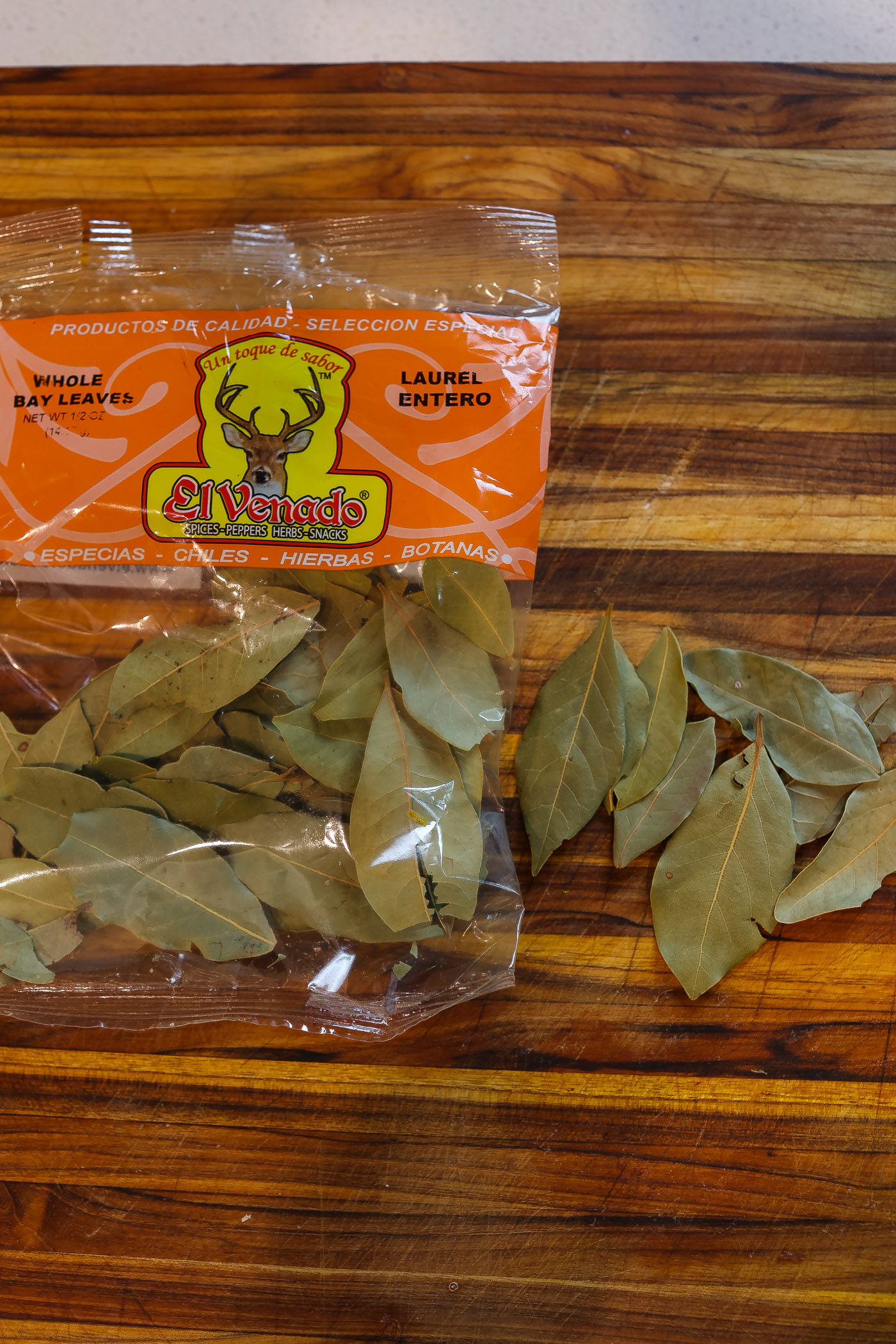
What is bay leaf?
Bay leaf is an aromatic leaf from the bay laurel tree (Laurus nobilis). It is commonly used in cooking as a spice to add flavor to soups, stews, sauces, and other dishes.
They are usually added to dishes whole, but are removed before serving, as they can be tough and difficult to chew.
Importance of Bay Leaf Flavor In Cooking
Bay leaves hold a significant role in culinary traditions across the globe, lending their unique flavors and aromas to various dishes. These aromatic leaves, derived from the bay laurel tree, infuse a subtle yet distinct taste into soups, stews, sauces, and more.
Their earthy and herbal notes complement a wide range of ingredients, enhancing the overall complexity of flavors. Bay leaves contribute depth and warmth, often described as having hints of floral, woody, and slightly bitter undertones.
Furthermore, they possess natural preservative properties that help in prolonging the freshness of cooked dishes. From classic recipes to modern creations, bay leaves remain an indispensable ingredient, adding that unmistakable touch of culinary excellence.
Why The Need For Bay Leaf Substitutes
While bay leaves are highly valued in cooking, there may be instances when a bay leaf substitute becomes necessary. Here are a few reasons why the need for bay leaf substitutes arises:
- Unavailability: Bay leaves may not be easily accessible in certain regions or during specific seasons, making it challenging to include them in recipes. Substitutes offer a viable alternative when fresh or dried bay leaves are not readily obtainable.
- Culinary Preferences: Bay leaves have a distinct taste that may not be universally enjoyed. Substitutes provide an opportunity to customize flavors according to personal preferences, offering alternative profiles that complement the dish and satisfy individual tastes.
- Variety and Experimentation: Utilizing substitutes allows for culinary exploration and creativity. It opens doors to new combinations of flavors, enabling cooks to innovate and develop unique dishes that showcase alternative aromatic profiles.
By embracing bay leaf substitutes, one can adapt and diversify recipes while still achieving delicious and well-rounded flavors in their culinary creations.
Culinary Uses of Bay Leaf
Bay leaf is a versatile herb that finds its place in a wide range of culinary creations. Here are some common culinary uses of bay leaf:
- Flavor Soups and Stews: Bay leaves are often added to simmering soups, stews, and broths, infusing them with their distinctive aroma and enhancing the overall flavor profile of the dish.
- Infusing Sauces and Gravies: Bay leaves contribute depth and complexity to sauces and gravies, imparting a subtle herbal note that complements meat, poultry, and vegetable-based preparations.
- Seasoning Rice and Grain Dishes: When added to rice, pilafs, or grain-based dishes during cooking, bay leaves lend a subtle fragrance and flavor that elevates the overall taste.
- Enhancing Marinades and Brines: Bay leaves are used in marinades and brines to add an extra layer of flavor to meats, seafood, and vegetables, infusing them with a delicate herbal essence.
- Pickling and Preserving: Bay leaves find their way into pickling recipes, providing a distinctive taste and aiding in preserving the ingredients.
- Baking and Bread Making: In certain baking recipes, such as bread, bay leaves can be added to the dough or used to infuse milk or liquids, resulting in subtle and aromatic undertones.
- Herbal Infusions and Teas: Bay leaves can be used to create herbal infusions and teas, releasing their flavors and aromas when steeped in hot water.
- Flavoring Oils and Vinegars: Infusing oils or vinegars with bay leaves imparts their unique taste, allowing them to be used in dressings, marinades, or as a finishing touch to dishes.
Bay leaves are prized for their ability to enhance the complexity of flavors in various culinary preparations, adding a subtle yet distinctive character that makes them a staple in many kitchens worldwide.
Common types of bay leaves
I've heard bay leaf called many things so not surprisingly there are several types commonly used in cooking. Here are a few:
- Laurel Leaf: Bay leaves are often referred to as laurel leaves, stemming from the botanical name of the bay laurel tree (Laurus nobilis) from which they are derived.
- Sweet Bay: This name highlights the subtly sweet and aromatic qualities of bay leaves.
- Indian Bay Leaf: In Indian cuisine, bay leaves are commonly called Indian bay leaves or tej patta.
- Turkish Bay Leaf: In Turkey, bay leaves are known as Turkish bay leaves or defne yapra??.
- West Indian Bay Leaf: In the Caribbean and some Latin American countries, bay leaves may be referred to as West Indian bay leaves, particularly when used in regional dishes.
- Indonesian Bay Leaf: Indonesian bay leaves are also known as daun salam in Indonesian and Malaysian cuisines.
- California Bay Leaf: The variety of bay leaves native to the western United States is often called California bay leaf or California laurel.
It's important to note that each type of bay leaf has its own unique flavor profile, and the choice of bay leaf may vary depending on the regional cuisine or personal preference in different parts of the world.
Bay Leaf Taste
Bay leaves have a unique flavor profile that is difficult to replicate. Bay leaves have a slightly bitter taste and a strong, pungent aroma that can be described as both herbal and floral. When used in cooking, bay leaves contribute a subtle, earthy, and slightly floral taste to dishes.
The flavor is often described as herbal, with hints of bitterness and a delicate spiciness, but it has a strong aroma. Bay leaves are not meant to be consumed whole but rather infused into dishes during cooking to add depth and complexity.
While they do not impart a dominant flavor, they enhance the overall taste and aroma of soups, stews, sauces, and other culinary creations. The true magic of bay leaves lies in their ability to complement and harmonize with other ingredients, elevating the flavors of the dish without overpowering them.
Fresh Bay Leaves vs. Dry Bay Leaves
Both fresh and dried bay leaves are commonly used in cooking, but they have some differences:
Flavor: Fresh bay leaves have a milder flavor and a slightly herbal, floral aroma, while dried bay leaves have a stronger, more pungent flavor and aroma.
Texture: Fresh bay leaves are more pliable and tender than dried bay leaves, which can be tough and leathery.
Availability: Fresh bay leaves are not as widely available as dried bay leaves, and may only be found in specialty stores or farmer's markets.
Storage: Fresh bay leaves should be stored in the refrigerator and used within a week, while dried bay leaves can be stored in an airtight container in a cool, dark place for up to two years.
When using bay leaves in a recipe, keep in mind that dried bay leaves are more potent than fresh ones, so you may need to adjust the amount accordingly. As a general rule, one fresh bay leaf is equivalent to two dried bay leaves.
Best Bay Leaf Substitutes
If you don't have bay leaves, you can try using one of the following bay leaf alternatives. Any one can be a suitable replacement in a dish calling for bay leaves.
Thyme: Fresh or dried Thyme make for a flavorful herb that can be used as a substitute for bay leaves. It has a similar earthy and slightly sweet flavor that complements many dishes.
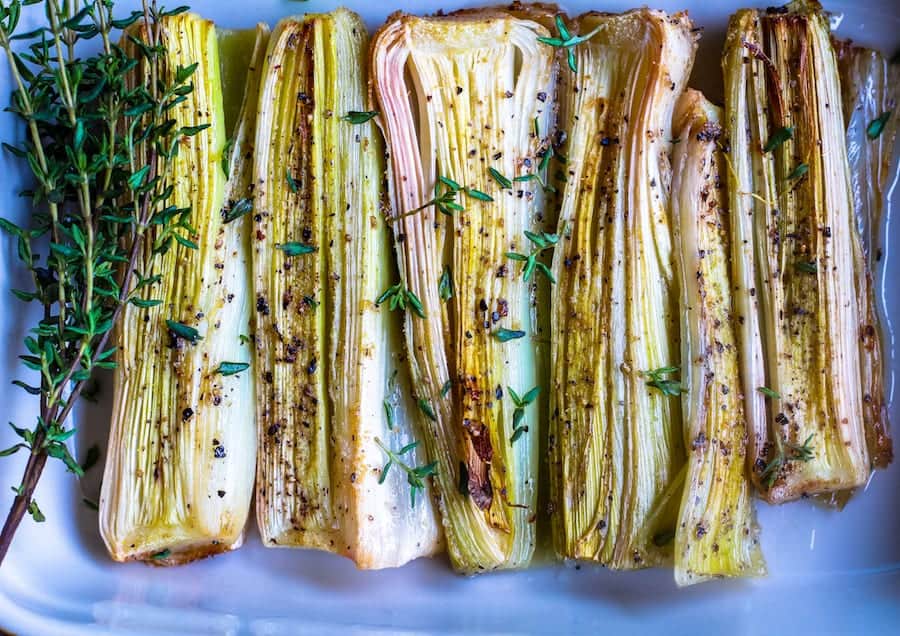
Oregano: Oregano is another herb that can be used as a substitute for bay leaves. It has a strong flavor that can be overpowering, so use it sparingly. I'm partial to dried Mexican oregano over the Greek one. It makes for an excellent substitute.
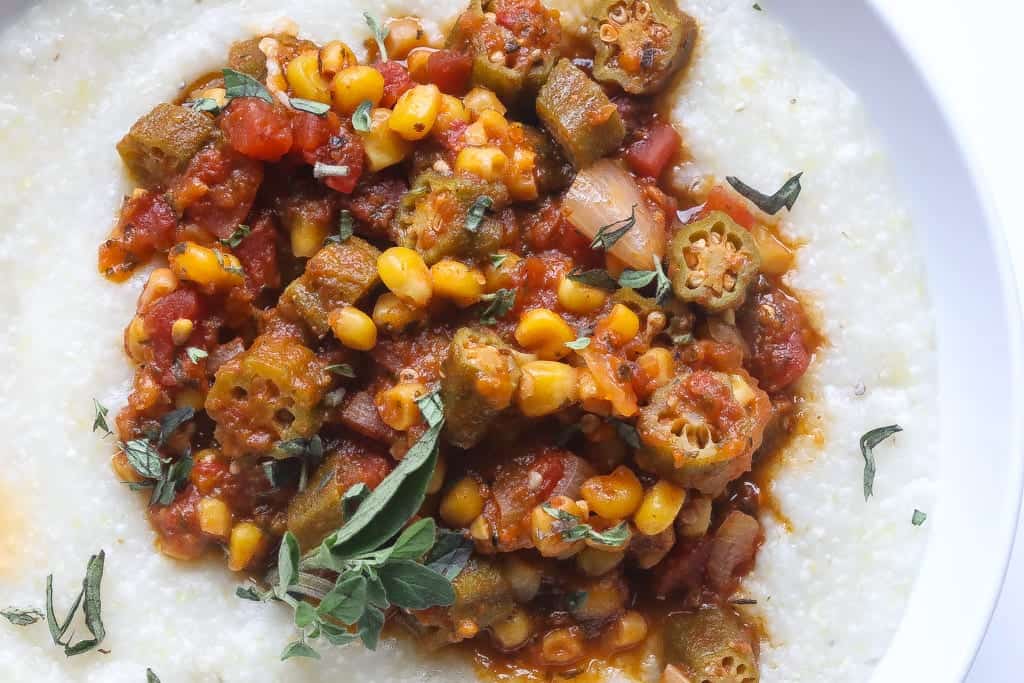
Fresh Basil: Basil is a mild herb that can be used as a substitute for bay leaves. It has a sweet, slightly peppery flavor that complements many dishes.
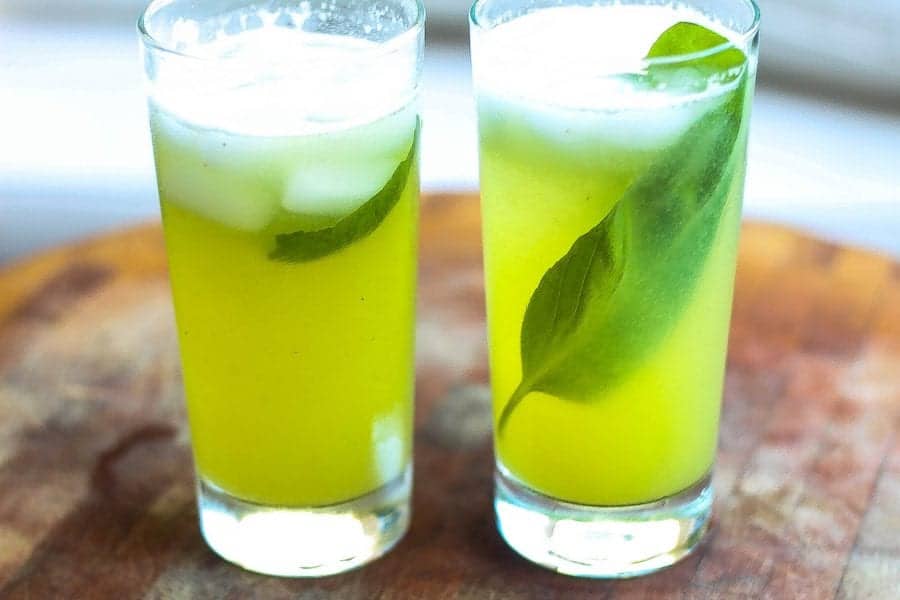
Rosemary: Rosemary is a herb with a strong, slightly bitter flavor that can be used as a substitute for bay leaves. It works well in meat dishes and soups.
I've seen mentions of juniper berries as substitutes, but don't really agree with it. While juniper berries and bay leaves have different flavor profiles, they can complement each other in certain recipes.
Remember, the flavors of these herbs are not identical to bay leaves, so be sure to adjust the amounts accordingly and taste as you go to get the desired flavor.
Spice alternatives
Spices can make a great substitute for bay leaf.
Allspice
Cinnamon
Cloves
Leaf alternatives
Curry leaves
Kaffir lime leaves
Lemongrass
California Bay Leaves vs. Turkish Bay Leaves
California bay leaves and Turkish bay leaves are two types of bay leaves that are commonly used in cooking. Here are some differences between the two:
Flavor: California bay leaves have a strong, almost minty flavor, while Turkish bay leaves have a more subtle, sweet flavor.
Appearance: California bay leaves are broader and more rounded than Turkish bay leaves, which are more narrow and pointed.
Source: California bay leaves come from the California bay laurel tree (Umbellularia californica), while Turkish bay leaves come from the Mediterranean bay laurel tree (Laurus nobilis).
Availability: California bay leaves are more commonly used in American cuisine, while Turkish bay leaves are more commonly used in Mediterranean cuisine.
When choosing between California and Turkish bay leaves, consider the flavor profile of the dish you are making. California bay leaves are a good choice for robust, hearty dishes like stews and chilis, while Turkish bay leaves are better suited for more delicate dishes like soups and sauces. Keep in mind that California bay leaves are more potent than Turkish bay leaves, so you may need to use less of them in a recipe.
Frequently Asked Questions About Bay Leaves
Can you eat bay leaves?
Bay leaves are not usually eaten, as they are tough and can be difficult to chew. They are usually added to dishes whole for their flavor, and then removed before serving.
What dishes are bay leaves commonly used in?
Bay leaves are commonly used in soups, stews, sauces, and other savory dishes. They are also used in marinades and rubs for meat dishes.
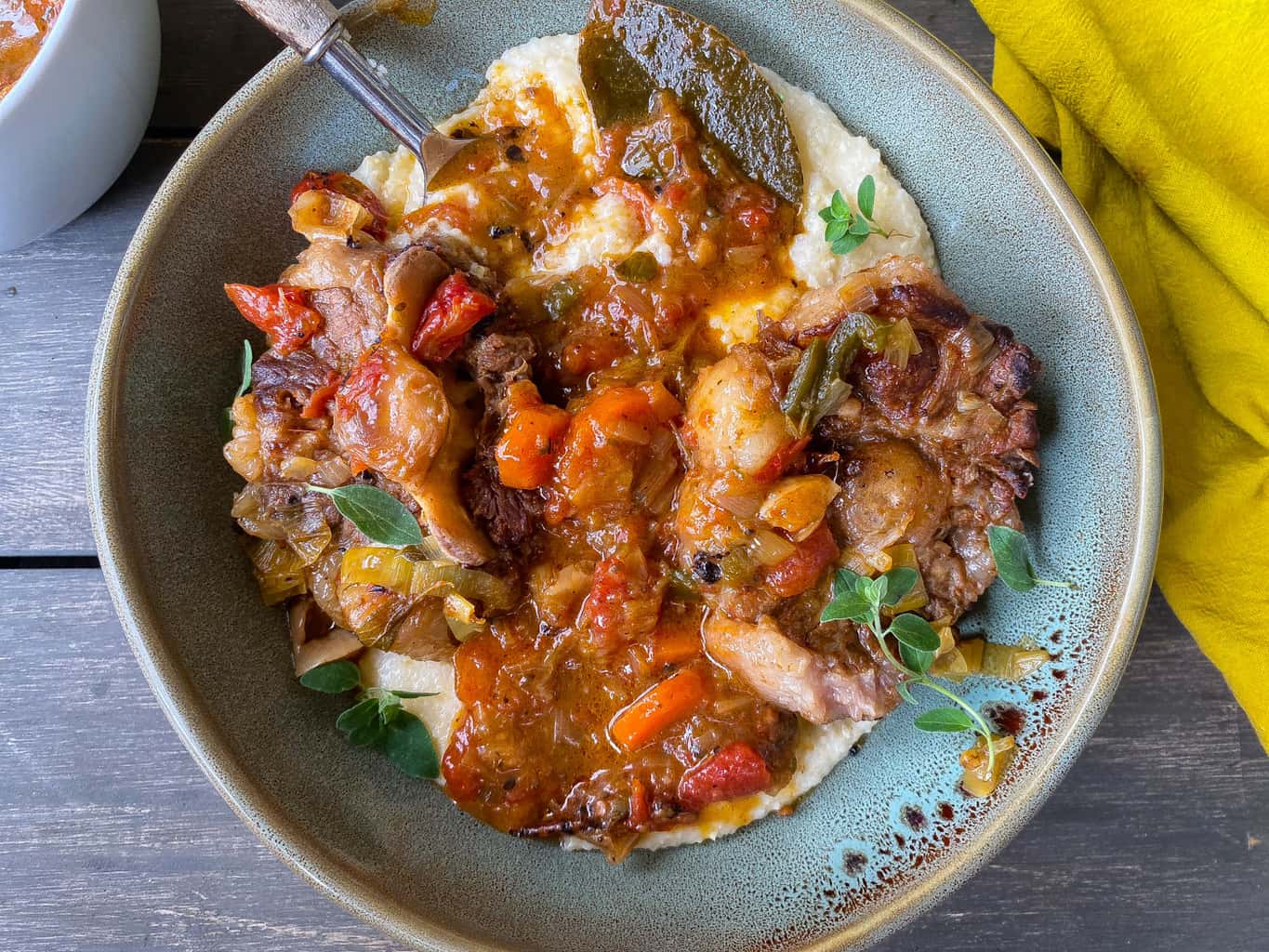
Can you use dried bay leaves instead of fresh ones?
Yes, dried bay leaves can be used instead of fresh ones, but they may have a stronger flavor, so it's important to use them sparingly.
How should bay leaves be stored?
Bay leaves should be stored in an airtight container in a cool, dark place. They can last for up to two years when stored properly.
Can you use ground bay leaves?
Ground bay leaves, also known as bay leaf powder, are used as a seasoning in cooking. They are made by grinding whole bay leaves into a fine powder. Here are some common uses for ground bay leaves:
Spice blends: Ground bay leaves are often used in spice blends like garam masala, curry powder, and chili powder.
Sauces and gravies: Ground bay leaves can be used to add flavor to sauces and gravies.
Marinades: Ground bay leaves can be added to marinades for meat dishes to infuse them with flavor.
Baked goods: Ground bay leaves can be used in baking recipes like breads, cakes, and cookies for a subtle, earthy flavor.
It's important to note that ground bay leaves are more potent than whole bay leaves, so you'll need to use less of them in a recipe. As a general rule, one teaspoon of ground bay leaves is equivalent to two whole bay leaves.
In conclusion, bay leaves can be used as a great way to add flavor and zest to almost any dish. Whether you use a bay leaf substitute or the real deal, the outcome is likely to be equally delicious. Experiment with different substitutions and see what flavors work best for you.
What Are Some Sample Recipes Featuring The Best Substitutes
In summary, when seeking the best bay leaf substitute in your recipes, there are various alternatives available that can provide similar flavor profiles and enhance your culinary creations. Some common bay leaf substitutes include oregano, thyme, rosemary, allspice, cinnamon, cloves, curry leaves, kaffir lime leaves, and lemongrass.
These substitutes offer their unique aromas and flavors, allowing you to tailor your dishes to your preferences and ingredient availability. Remember to consider flavor compatibility, adjust quantities and cooking times as needed, and taste test along the way to achieve the desired results. With these substitutes, you can continue to explore and enjoy a wide range of flavorful dishes even without traditional bay leaves.
